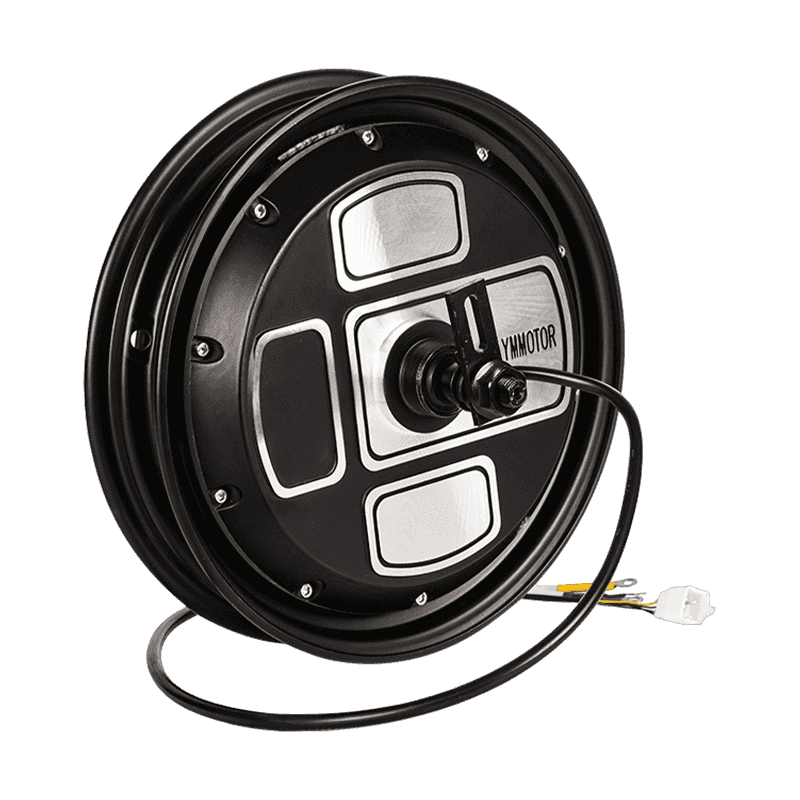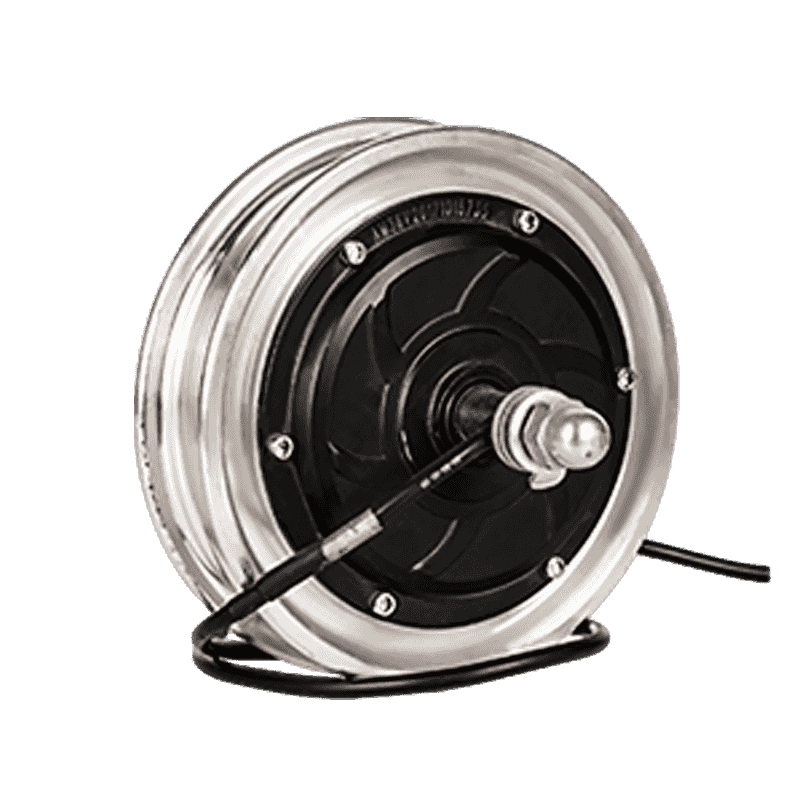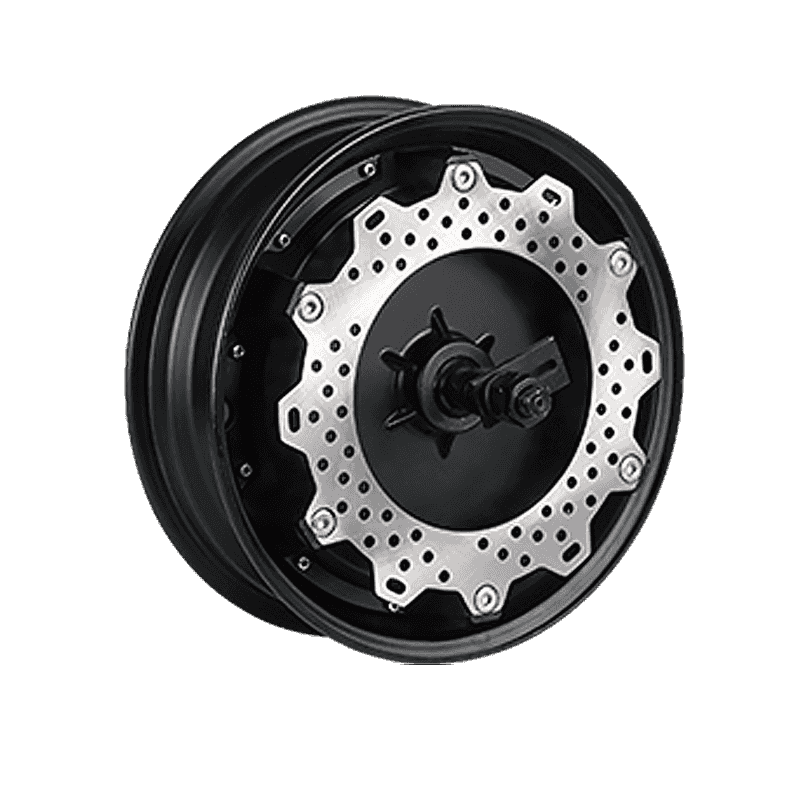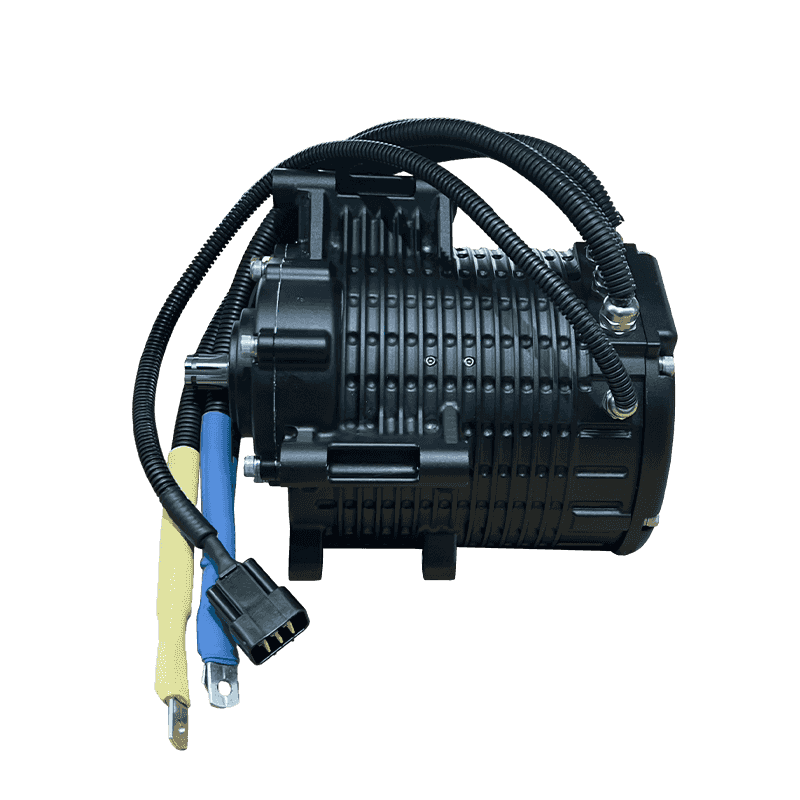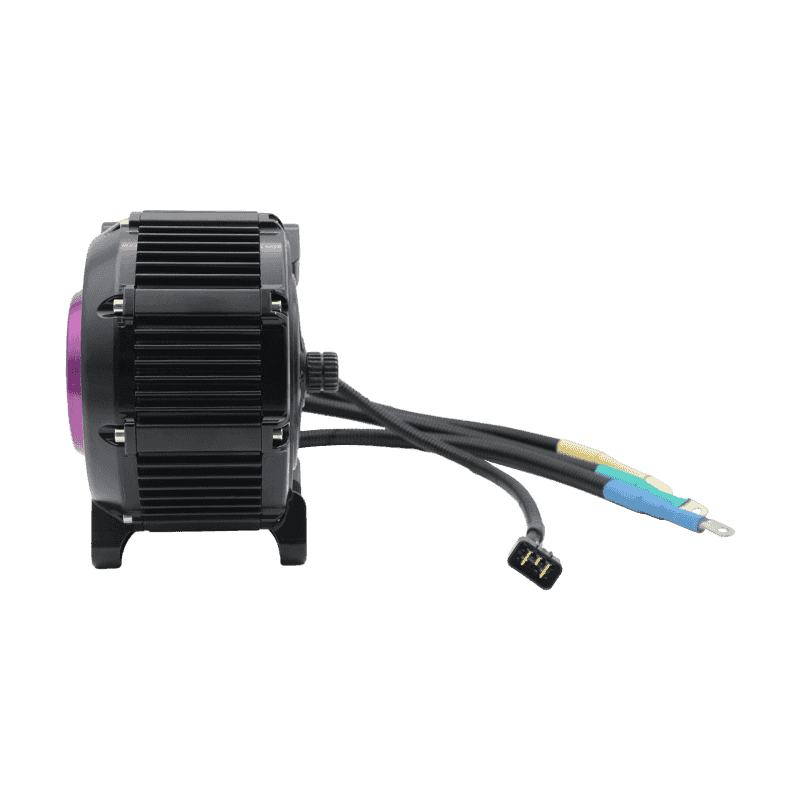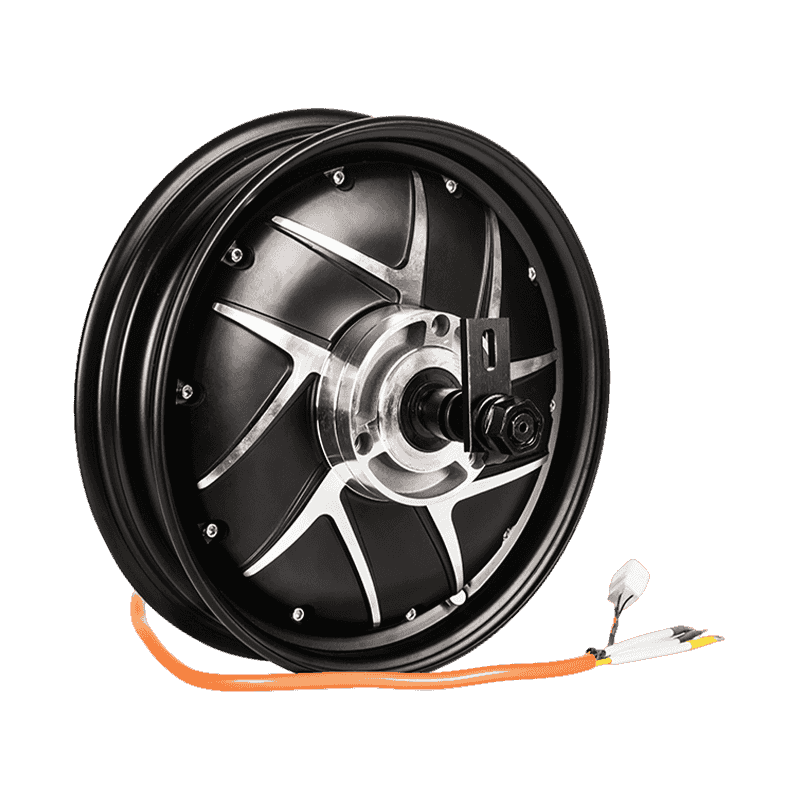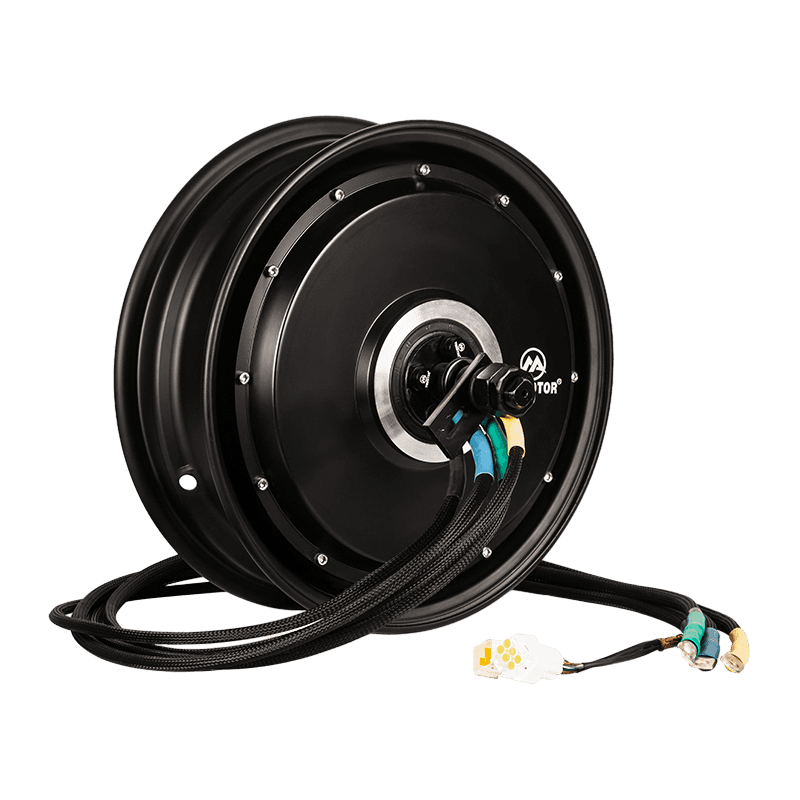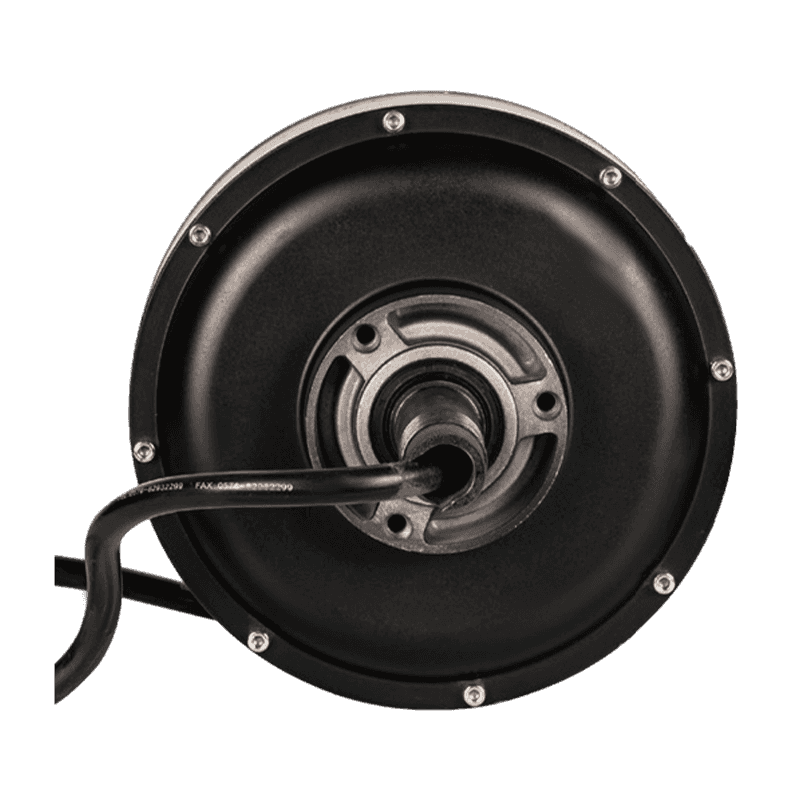The efficient power transmission of an integrated electric bicycle motor is primarily reflected in how it optimizes the delivery of motor assistance through the bicycle's drivetrain system. Here are the key aspects that contribute to this efficiency:
Integrated motors are typically designed to directly engage with the bicycle's drivetrain components, such as the chain and gears. This direct drive mechanism ensures that power from the motor is efficiently transferred to the wheels without significant losses.
These motors are often engineered to provide optimal torque and power output based on the cyclist's pedaling cadence and the selected assist mode. This synchronization ensures that the motor's assistance complements the rider's efforts effectively.

Integrated motor systems frequently incorporate sensors, such as torque sensors and cadence sensors, to monitor the rider's pedaling input. This allows the motor to provide assistance smoothly and in proportion to the rider's pedaling effort, maximizing efficiency.
Some integrated motor systems feature regenerative braking capabilities, where energy generated during braking is fed back into the battery. This regenerative feature enhances overall efficiency by conserving energy that would otherwise be lost as heat during braking.
Manufacturers often program integrated motor systems to optimize efficiency across different riding conditions and terrains. This programming may include modes that adjust power output dynamically to conserve battery life or maximize range.
Compared to external motor systems or hub motors, integrated motors typically incur fewer transmission losses. This is because they are integrated directly into the drivetrain, minimizing the distance and components through which power needs to be transmitted.
Efficient power transmission also contributes to better weight distribution and handling of the bicycle. By placing the motor near the bottom bracket or within the frame, integrated systems maintain a balanced center of gravity, which enhances stability and maneuverability.
The efficient power transmission of an integrated electric bicycle motor ensures that motor assistance is delivered smoothly, responsively, and with minimal energy losses. This optimization not only improves the riding experience by providing seamless support but also extends the range and longevity of the electric bicycle's battery.


 English
English

